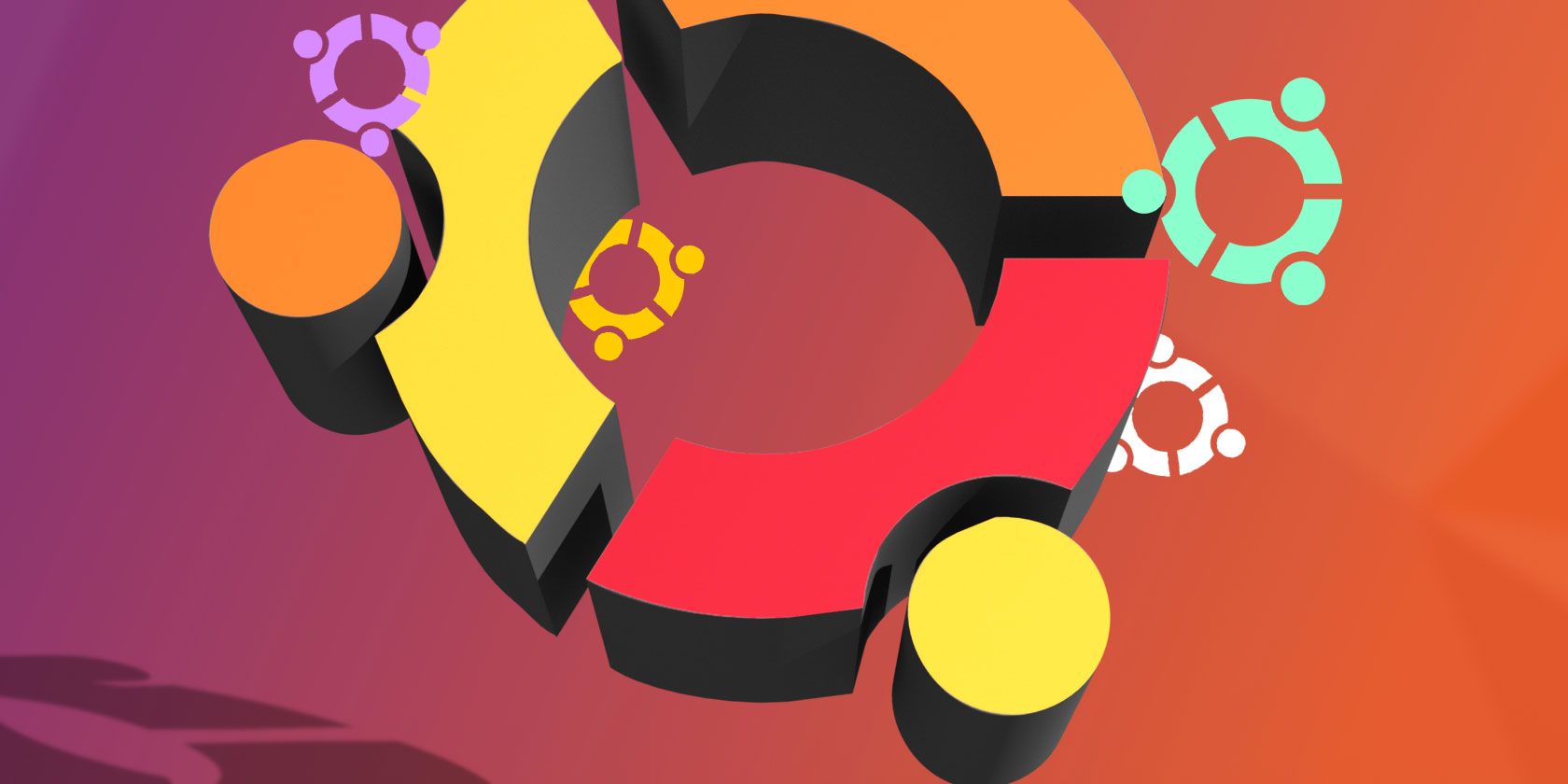
Most significantly, I am annoyed by Apple's closed ecosystem-the difficulty of accessing photos without iPhoto the necessity of using iTunes and the enforced bundling of the Apple store ecosystem even when I don't want to use it. Other changes annoyed me-not all at once, but slowly. Some changes have been for the better, such as better stabilization, simpler hardware choices, increased security, and more accessibility options. But as it evolved, it changed significantly. Flash-forward decades later, and Apple is a behemoth, a trillion-dollar company. I remember thinking the company could disappear one day. And even though there was a lot less software for Macintosh than PCs, I thought the Mac ecosystem was better, just on the strength of KidPix and Hypercard, which I still think of as the unsurpassed, most intuitive creative stack.Įven so, I still had the feeling that Mac was an underdog compared to Windows. It didn't start with a DOS command prompt it opened to a friendly desktop. Back in the mid-1990s, I was attracted to its ease of use.

I had used Macintosh SE computers in school and learned to type with Mavis Beacon Teaches Typing, so I've been a Mac user for well over 25 years. In 1994, my family bought a Macintosh Performa 475 as a home computer. These cross-platform tools have dedicated Swift code libraries that would help you develop iOS apps in your preferred language and platform. Flutter is owned by Google while React Native is a resourceful tool by Facebook. Out of all the options, React Native and Flutter are considered as the most reliable ways to develop Swift on Linux.

Some of the popular options that are used to build an iOS app on Linux would be as follows: For instance, using a reliable cross-platform tool, you can do the entire iOS development on Ubuntu and can later deploy results on a Mac.

The best way to do iOS development on Linux is by using cross-platform solutions that would run similarly on both Linux and Mac. Most of these tools will let you create a restricted environment on your Linux that can be used to develop and test iOS apps easily. Here are some of the popular sources that can help you develop an iOS app on Linux via Sandbox (or a dual boot machine).


 0 kommentar(er)
0 kommentar(er)
